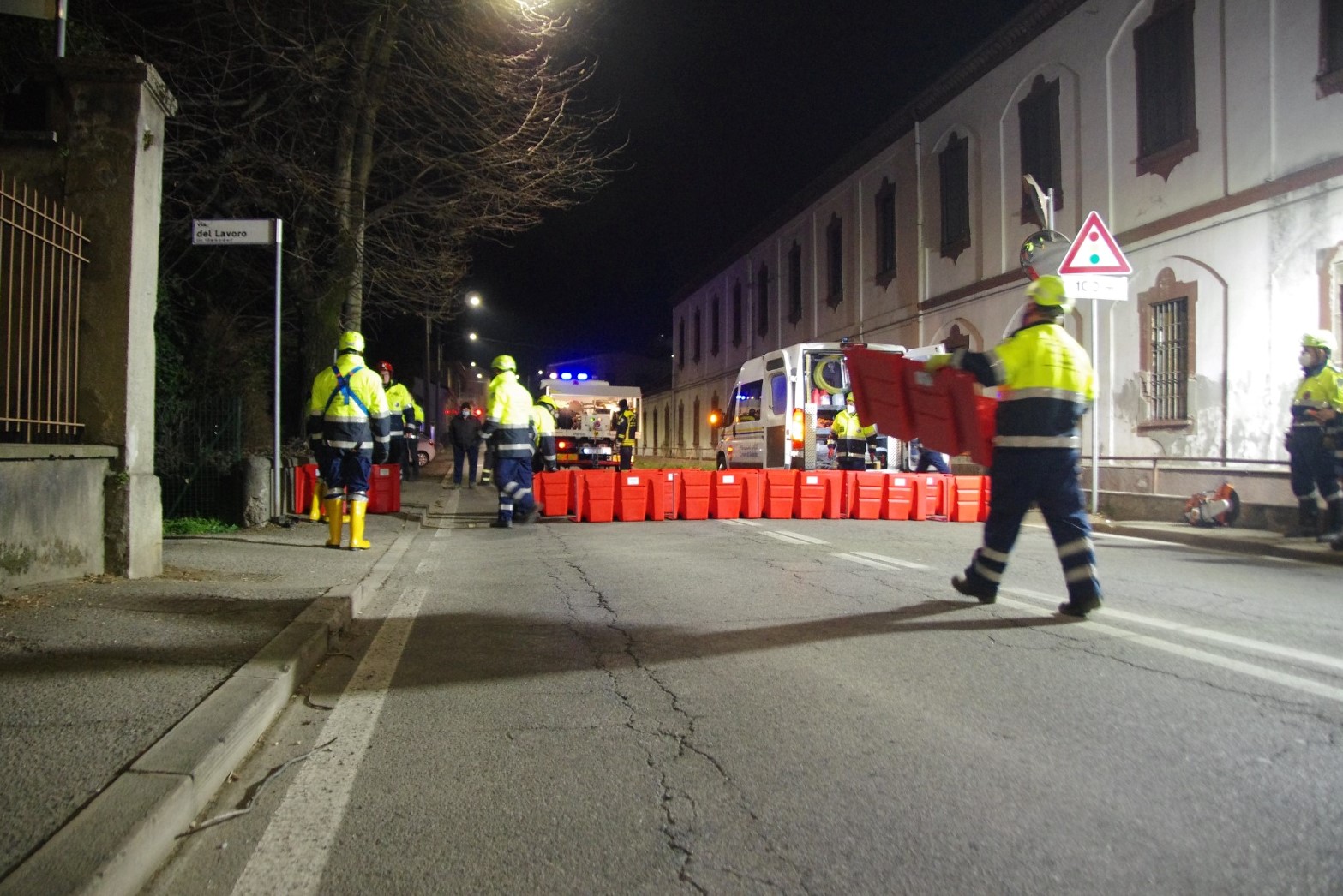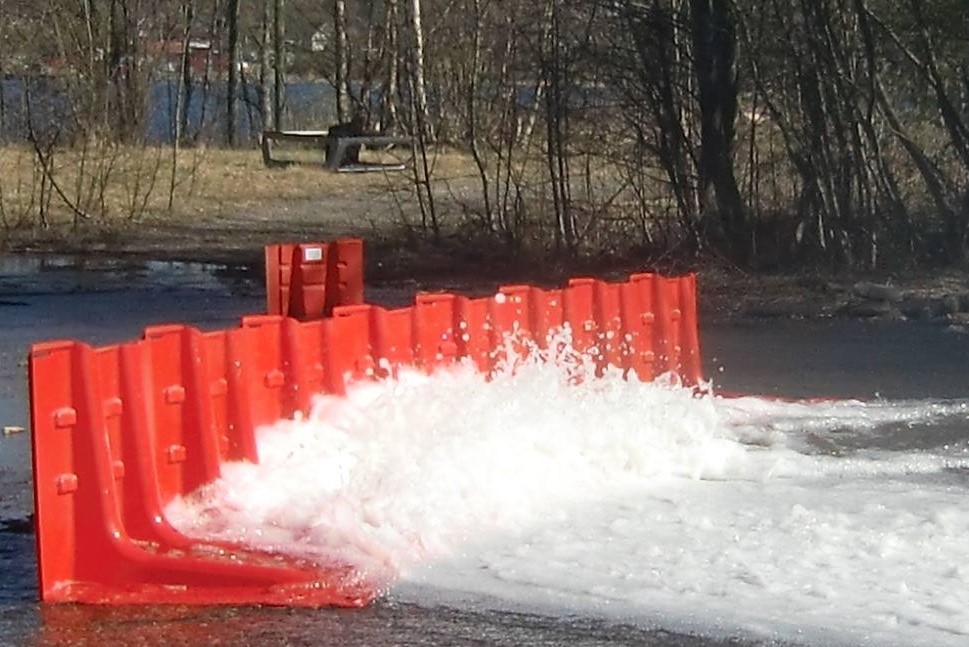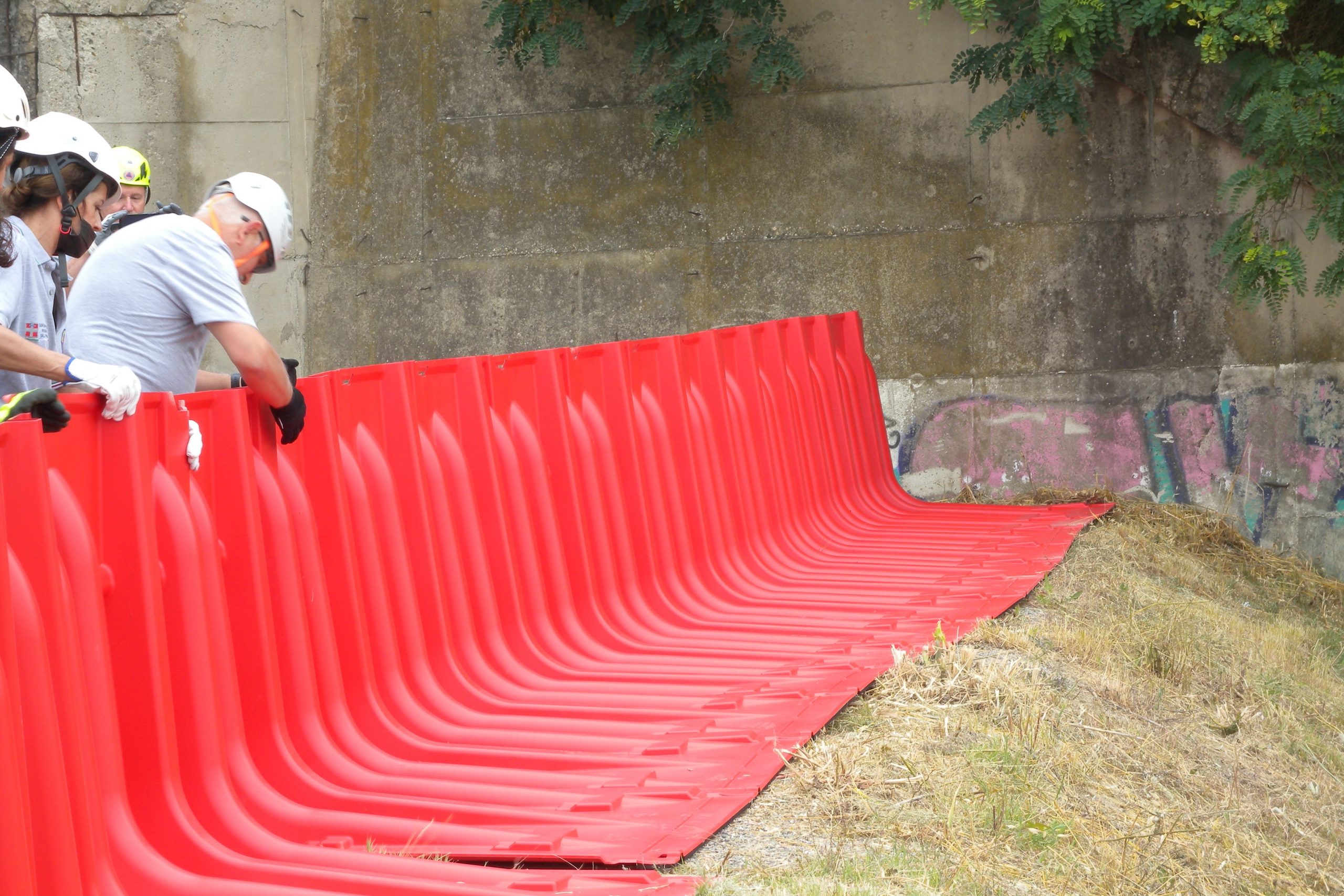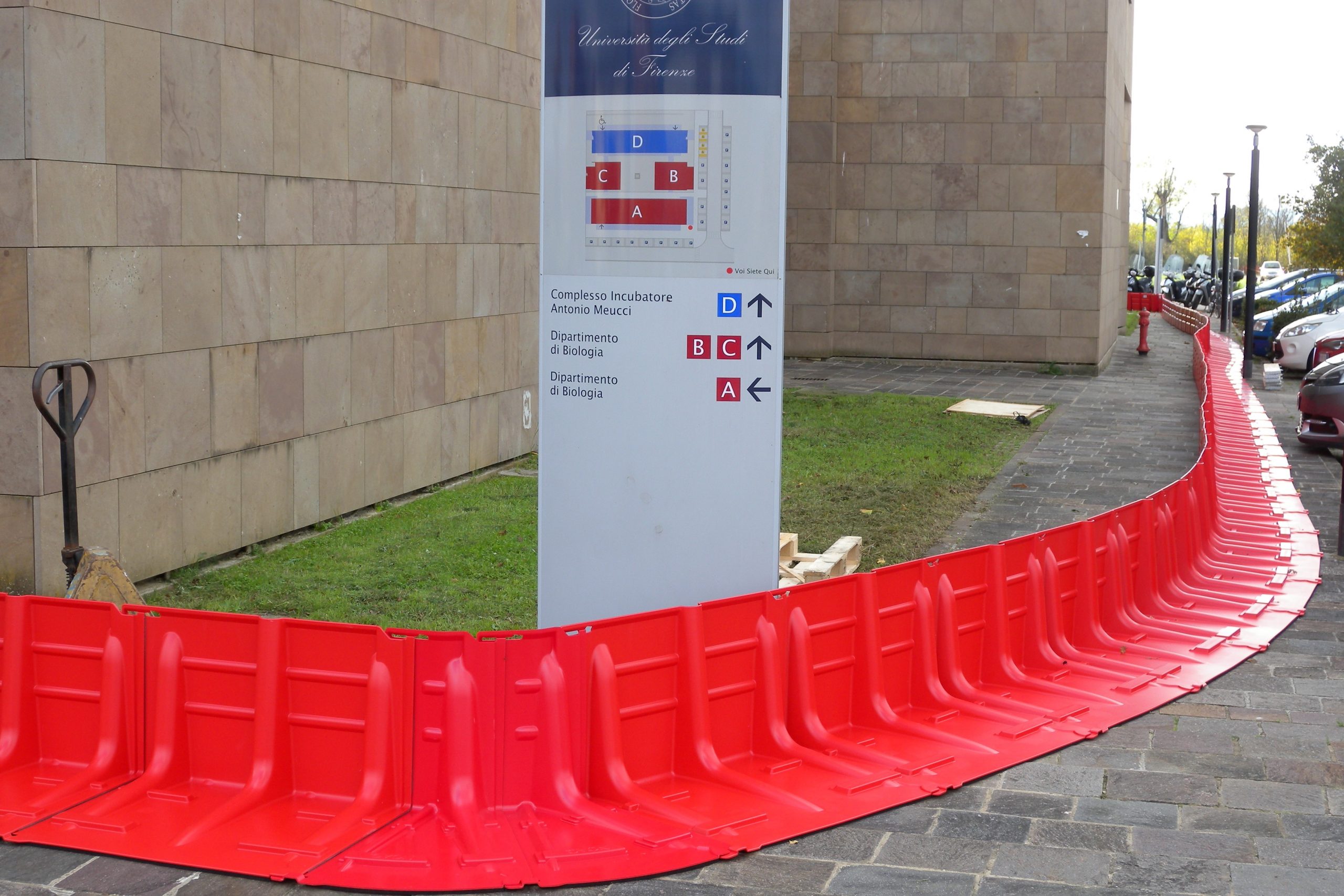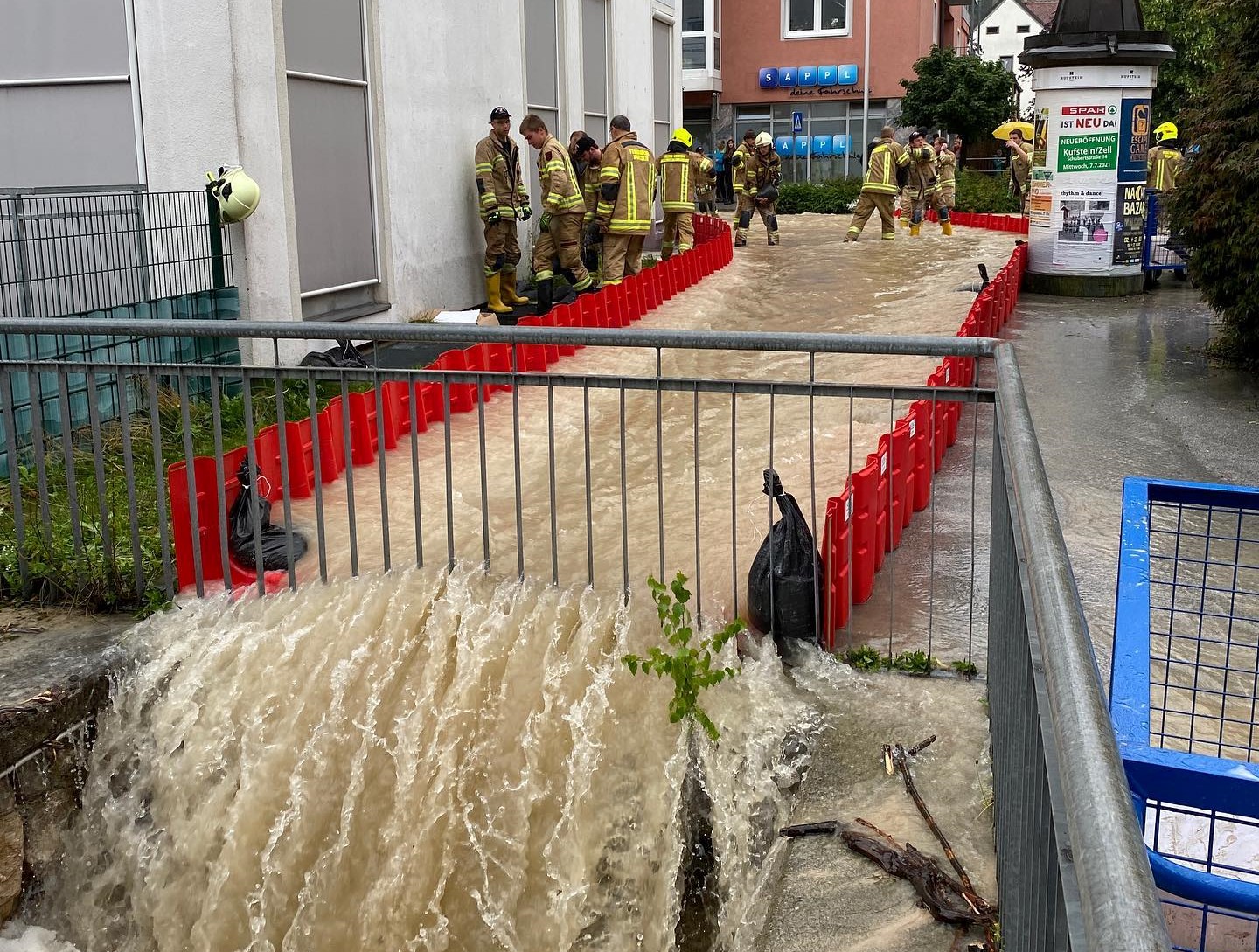
Floods and inundations: Boxwall barriers change the scenario of the maxi-emergency
In the maxi emergencies caused by floods and inundations of rivers and streams, one of the main problems faced by the Civil Protection is the mitigation of the impact
In fact, mitigation allows, on the one hand, to circumscribe the areas of intervention, concentrating rescue units and means in those areas, on the other, to identify safety zones within which to evacuate the civilian population that is undergoing the maxi-emergency.
![]() In this sense, anti-flood barriers are essential safeguards
In this sense, anti-flood barriers are essential safeguards
Where civil defenses are equipped with them, the reduction of damage and life risk are significant.
But a civil protection cannot perform miracles, and the barriers should be one of the standard equipment for large aggregation structures (such as schools, hospitals and public offices) located in areas that have already experienced a significant hydrogeological risk.
How do flood barriers work? Noaq’s Boxwall example
The NOAQ Boxwall BW 52 barrier is a self-standing and self-anchoring mobile protective barrier against floods capable of containing water up to a height of 50 cm.
And, for completeness, the BW102 barrier blocks waves of up to one metre.
Thanks to its low weight, it can be set up quickly to protect buildings and other assets from water as well as to keep roads clear.
The barrier is designed for use on fairly even surfaces such as asphalt roads, compact pavements, lawns.
Each single box consists of a blocking part (the rear wall), an anchoring part (the horizontal section that rests on the ground) and a sealing part (the front edge of the horizontal section).
A barrier is built by connecting each box to the previous one to form a chain. It is advisable to proceed from left to right (seen from the dry side).
As with all mobile anti-flooding barriers, it is necessary to provide for a minimum infiltration of water
This can be reduced by covering the barrier with a plastic sheet.
The water could also leak from the ground under the barrier and reach the area we want to protect due to rain or water inflows interrupted by the barrier itself.
Therefore, the use of one or more pumps positioned on the dry side of the barrier is recommended.
When using mobile flood barriers one or more pumps are always required to pump the water which will collect on the dry side of the barrier.
There will always be some leakage, through the barrier, under the barrier and even through the ground itself.
Furthermore, it will be the same rainwater that will accumulate on the protected side and will not be able to escape.
If the land is flat or if it slopes towards flooding, infiltrated water will be drained away with the aid of a pump.
If the ground slopes away from the flood (for example, if the water flows down from the top of an embankment), the infiltrated water flows away without the aid of pumps.
For over 20 years, Noaq has been successfully producing and selling the Boxwall system all over the world, Falzoni has always dealt with distribution in Italy, collecting prestigious references and recognitions from Civil Protection departments such as the Piedmont Region and Rome Capital, from entities such as the University of Florence, and by private companies.
Fifty centimetres, or even one metre, of “breathing” can really make a difference in emergency scenarios.
It allows to concentrate forces in the field in the areas close to the flood, considering in reasonable safety those further away, even if affected by the event.
In the event of water bomb floods, it allows the safety of health and school facilities, and therefore also the tranquility of those who are welcomed there.
Therefore, anti-flooding barriers make the difference when making a difference changes the narrative of an event.
Read Also
Emergency Live Even More…Live: Download The New Free App Of Your Newspaper For IOS And Android
Civil Protection: What To Do During A Flood Or If A Inundation Is Imminent
Floods And Inundations, Some Guidance To Citizens On Food And Water
Emergency Backpacks: How To Provide A Proper Maintenance? Video And Tips
Civil Protection Mobile Column In Italy: What It Is And When It Is Activated
Disaster Psychology: Meaning, Areas, Applications, Training
Medicine Of Major Emergencies And Disasters: Strategies, Logistics, Tools, Triage
Earthquakes And Ruins: How Does An USAR Rescuer Operates? – Brief Interview To Nicola Bortoli
Earthquakes And Natural Disasters: What Do We Mean When We Talk About The ‘Triangle Of Life’?
Earthquake Bag, The Essential Emergency Kit In Case Of Disasters: VIDEO
Disaster Emergency Kit: how to realize it
Earthquake Bag : What To Include In Your Grab & Go Emergency Kit
How Unprepared Are You For An Earthquake?
Earthquake: The Difference Between Magnitude And Intensity
Earthquakes: The Difference Between The Richter Scale And The Mercalli Scale
Difference Between Earthquake, Aftershock, Foreshock And Mainshock
Major Emergencies And Panic Management: What To Do And What NOT To Do During And After An Earthquake
Earthquake And Loss Of Control: Psychologist Explains The Psychological Risks Of An Earthquake
Earthquake and How Jordanian hotels manage safety and security
PTSD: First responders find themselves into Daniel artworks
Emergency preparedness for our pets
Difference Between Wave And Shaking Earthquake. Which Does More Damage?


